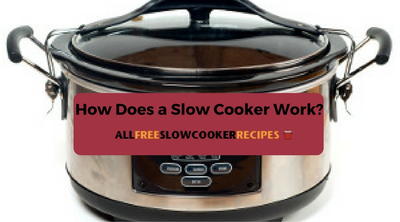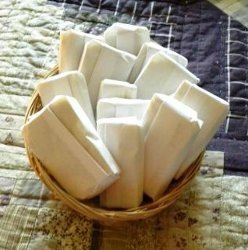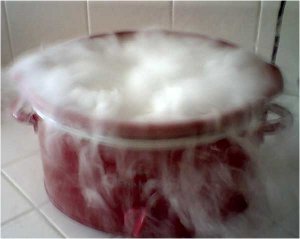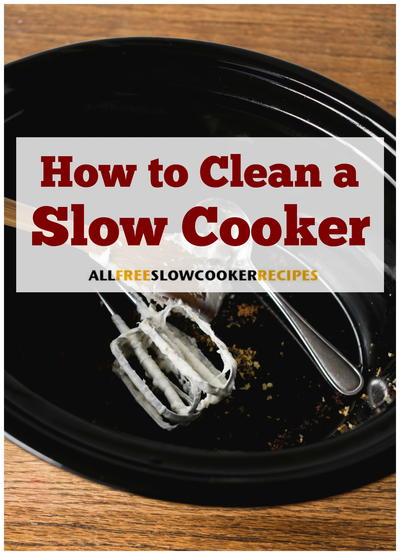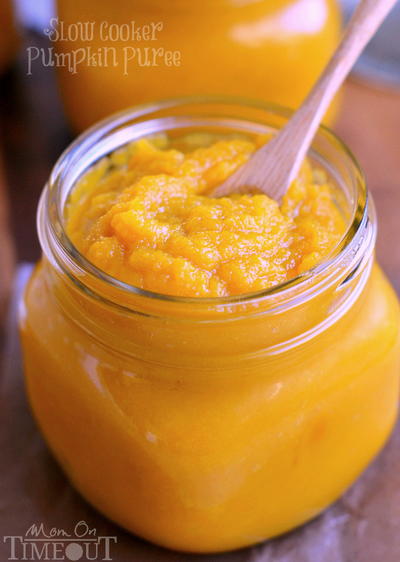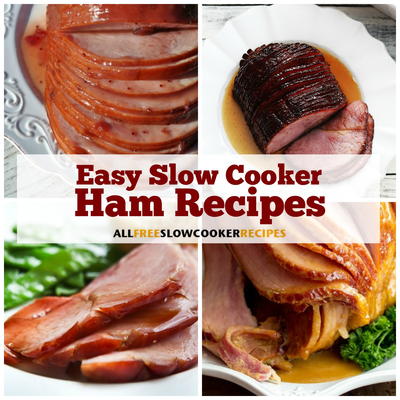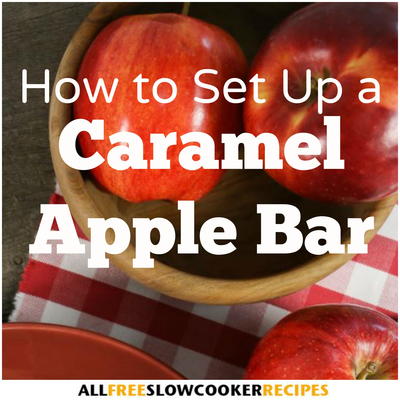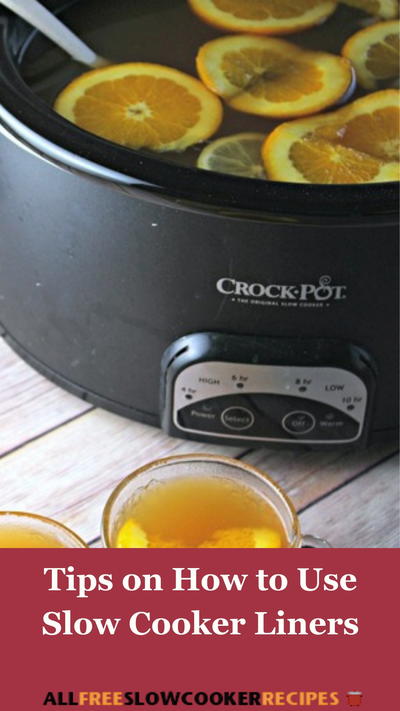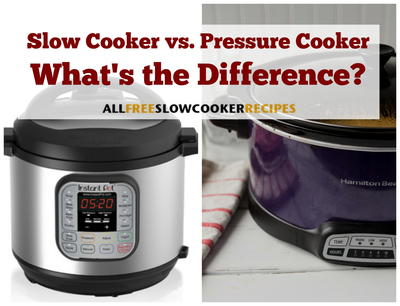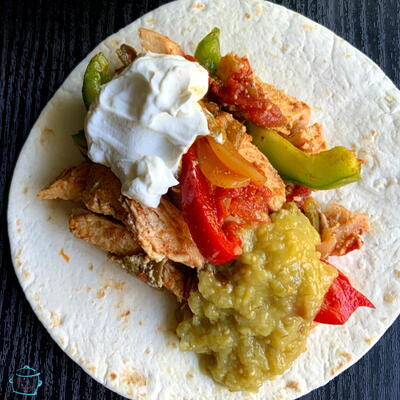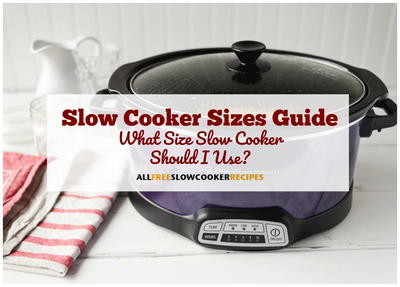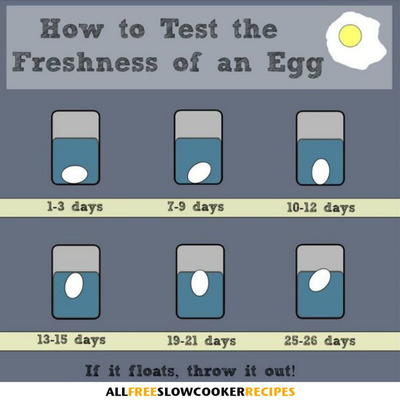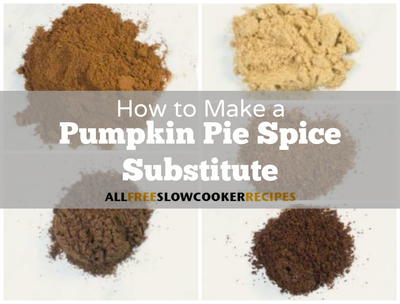How Does a Slow Cooker Work?
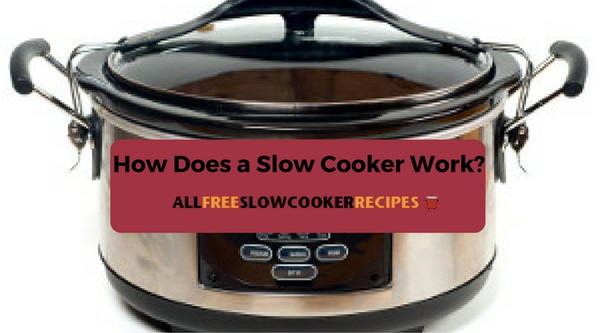
Many people love slow cookers and the convenience they get from using one. They love having the luxury of preparing the ingredients for their meals ahead of time, throwing them in the slow cooker in the morning and returning home to a hot meal that is ready for eating. But did you ever wonder how your food comes out so evenly and perfectly cooked?
There are three parts to a slow cooker: the base, the vessel and the lid. The base has handles, feet, and a knob. It also has a thin metal insert attached to the inside of the base. The area between the liner and the base holds heat bands that help move heat through the slow cooker. They are able to distribute the heat evenly throughout the pot. The heat rises across the bottom and up the sides. A small gap exists between the liner and outer wrap of the base. This allows for airflow, which aids your slow cooker in not overheating. The feet on the base help prevent your slow cooker from overheating.
The vessel in your slow cooker, in many cases made from heavy Stoneware, is the area you put your ingredients into. The heavier material helps the vessel to keep the heat flowing steadier. The lid is also a very important element and a must-have for the cooking process. The lid, in some cases, clipped on, makes sure the dish is cooking at the same constant temperature. Some slow cookers have steam vent holes in their lids to allow a certain amount of steam to escape.
Looking for some new beef recipes to try for your weekly menu. Here is a collection of them that your family may enjoy.
Understanding Your Slow Cooker
The different parts of your slow cooker pot aid in how your food gets cooked. Learn more about those parts and the job they do to contribute to your final product.
-
A slow cooker works similar to a Dutch oven.
-
A slow cooker will cook your food evenly due to the placement of heating rods across the base.
-
You can choose to cook your food on one of two settings: low or high. If you cook it on high it will cook for an extended period of time, but it might be something that cooks faster. If you cook it on low it will certainly cook for more hours than if you put it on high, affecting the texture and tenderness of the dish. You base your decision on low or high using the type of food involved and your taste and texture goal for the dish.
-
Slow cookers, which tend to use lower cooking settings, often retain moisture during the cooking process. You should not use a slow cooker to dry out ingredients or to fry ingredients. It is not meant for these types of duties.
-
Your slow cooker is energy efficient. Because of its low settings, it uses less energy than if you used your oven.
-
Your slow cooker works similarly to your stovetop. Due to the functionality of the slow cooker, it is impossible to give a heat temperature for cooking of the dish. Cooking properly is based more on the time of cooking for the slow cooker.
How to Cook Different Types of Food
Different types of food require different cooking times. Here are some guidelines on how to cook a variety of food in your slow cooker.
-
Ground beef should be browned and drained before added to your slow cooker.
-
Seafood, including shrimp, scallops and fish, should not be added to your slow cooker until the cooking time of a dish gets down to about 15 to 30 minutes remaining.
-
Dairy products, as a rule, should always be added toward the end of your slated cooking time.
-
Foods that you may consider tender, such as pasta, squash, peas and asparagus, should always be added in the last hour of cooking. If you put them in sooner they may come out too soggy.
-
Fresh vegetables tend to have the best cooking experience in your slow cooker. They simmer nicely for long periods of time without getting overcooked. It is suggested to chop them up in similarly sized pieces.
-
The longer you leave chunks of beef in your slow cooker, the more tender they become, especially soaking in the juices from the recipe.
References:
Read NextSlow Cooker Sizes Guide
ashleroo
Jan 17, 2017
I never really thought about the slow cooker being similar to a dutch oven, but now that I read it, it makes total sense. My favourite part of the article was when they listed the appropriate times to add different types of ingredients. I never considered the difference of adding in hard or soft ingredients. I also never really thought about the difference between using fresh or frozen vegetables. These are some great tips.
Report Inappropriate Comment
Are you sure you would like to report this comment? It will be flagged for our moderators to take action.
Thank you for taking the time to improve the content on our site.

